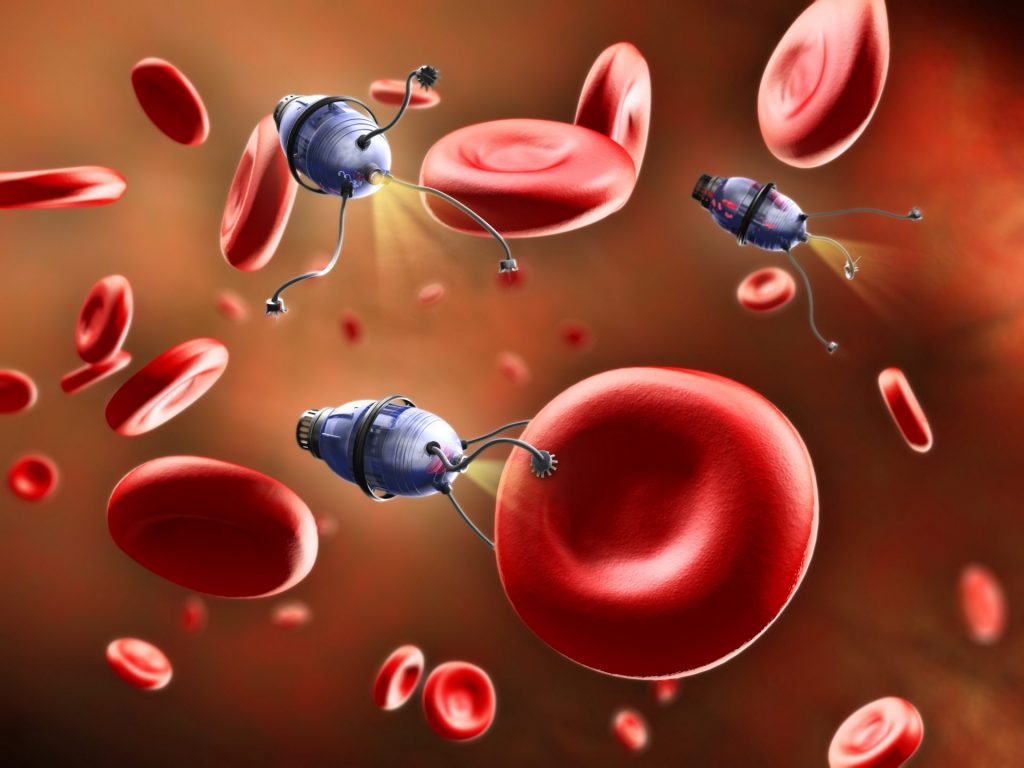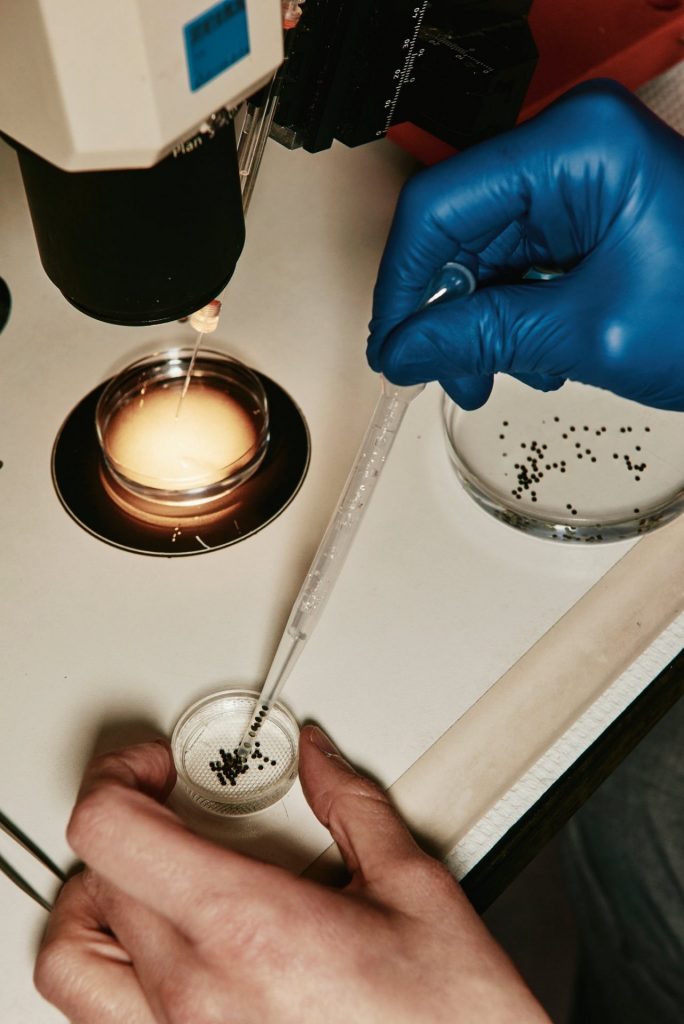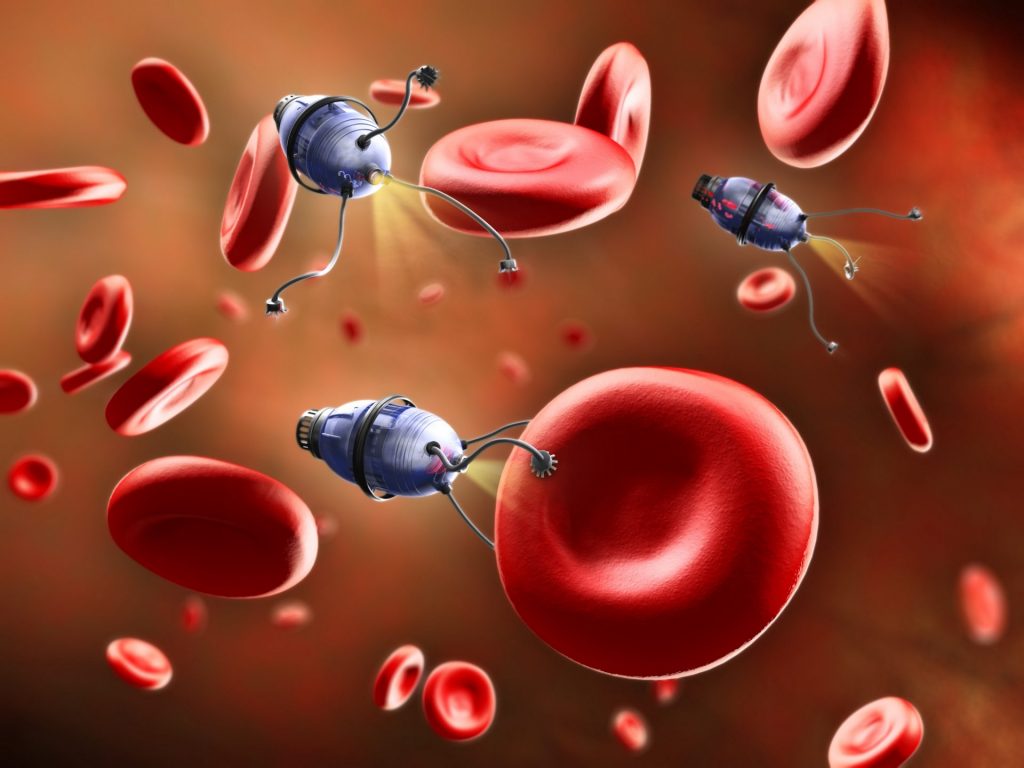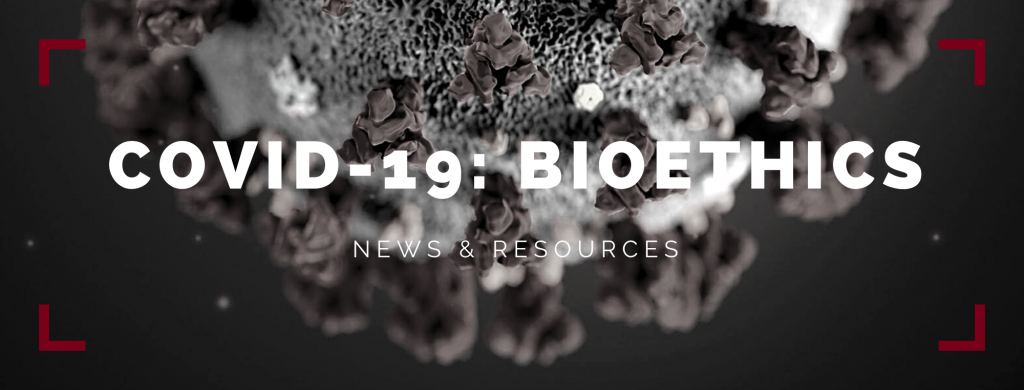XenoBots (living robots) – Medical revolution or Ethical mindfield?
Living Robots (Xenobots): A medical revolution or Ethical minefield ?

What are Xenobots?
“They’re neither a traditional robot nor a known species of animal. They’re a new class of artefact: a living, programmable organism”
said Dr. Douglas Blackiston, Senior Scientist at the Allen Discovery Center at Tufts University and co-author of the recent introduction of Xenobots. (Blackiston, D.*, Lederer, E.*, Kriegman, S., Bongard, J., Levin, M. (2021). A cellular platform for the development of synthetic living machines. Science Robotics. 6)

Back in 2020, it was announced that researchers managed to create actual living robots from biological material that could be programmed to do whatever the researchers want. “They have no shiny gears or robotic arms. Instead, they look more like a tiny blob of moving pink flesh without any kind of batteries” according to Dr Blackiston.
Xenobots have been created in labs back in 2020 from frogs’ stem cells to deliver medical payloads inside the human circulatory system, clean up the diseased arteries or even clean the ocean from plastics when produced in high droves and put into the ocean. They can even exhibit collective behavior in the presence of a swarm of other Xenobots and thus act as some sort of single being.

This invention has been considered a revolutionary paradigm shift at that time. The scientists managed to completely redefine the process and invented a new kind of Xenobots three months ago.
The same team that produced the previous life forms has now created life-forms that self-assemble a body from single cells without using muscle cells and also showed the capacity to store memories as if they were truly living creatures.
The new generation of Xenobots are also able to move faster, navigate in diverse environments and have longer lifespans than the first edition. They still can work together in groups and heal themselves of damage.
The latest version was designed by an artificial intelligence machine learning algorithm (evolutionary algorithm) that created their blueprints and predicted which organisms would likely display useful tasks, such as moving towards a target. The team of Tufts University used stem cells from eggs of the African frogs (Xenopus laevis), which is why these robots are called Xenobots. These cells allow them to self-assemble and develop into spheroids where few cells adapt to generate cilia, tiny hair-like projections that move back and forth or revolve in a particular direction.
Xenobots Advantages
A big advantage compared to the traditional mechanical technologies is that Xenobots don’t add pollution. They behave using energy from fat and protein naturally stored in their tissue, which lasts about a week, at which point they simply turn into dead skin cells.
According to the study, Xenobots can achieve things that typical robots of steel and plastic cannot.
“Traditional robots degrade over time and can produce harmful ecological and health side effects”. The researchers have discovered that Xenobots are much more environmentally friendly and safer for human health.
The newest study said, “The latest Xenobots are also exceptionally proficient at healing and would close most of a severe full-length damage half their thickness within five minutes of the injury”. All damaged bots could eventually heal the injury, restore their shape, and resume their job as before.
Unlike plastic and metal robots, the cells in a biological bot can consume and break down chemicals and work like small factories, accreting and synthesizing proteins and chemicals.
The entire field of synthetic biology, which has mainly concentrated on reprogramming single-celled organisms to create useful molecules, can now be employed in multicellular organisms.
Xenobots can endure up to 10 days on their embryonic energy stores and manage their responsibilities without supplementary energy sources. However, they can also carry on at an adequate rate for several months if kept in nutrients.
Scientists at Tufts University and the University of Vermont team up to create the next version of Xenobots – tiny biological robots that self-assemble, carry out tasks, and can repair themselves. Now they can move faster, and record information.
XENOS - etymology
Xenos (Greek: ξένος,”xénos”, plural “xenoi”) is a word used
in ancient Greek from Homer onwards that has a wide
gradient of meaning, signifying such divergent concepts as
“enemy stranger” as well as “ritual friend”.
Meanings
Xenos can be translated to both foreigner (in the sense of a
person from another Greek state) as well as a foreigner or
traveler brought into a relationship of long distance
friendship.
Xenos can also be used simply to assert that someone is
not a member of your community, that is simply foreigner
and with no implication of reciprocity or relationship. Xenos
generally refers to the variety of what a particular individual
can be, specifically guest, host, stranger, friend, and, as
previously mentioned, foreigner.
The ambiguity of the meaning of xenos is not a modern misunderstanding, but was in fact present in ancient Greece.
Sophocles uses the vagueness of the word xenos in his tragedy ” Philoctetes “, with Neoptolemus using the word exclusively for Philoctetes to indicate the uncertain relationship between the two characters.
Xenos can be used to refer to guest-friends whose relationship is constructed under the ritual of xenia (“guest-friendship”). In this usage it is commonly translated as “guest-friend” to distinguish it from the Greek word “philos”, which was used to refer to local friends and to relatives not strictly bound by xenia.
Source: https://en-academic.com/
Is Xenobots a health solution or an ethical minefield?

In the future, clinical applications such as targeted drug delivery Xenobots could be made from a human patient’s own cells, which would bypass the immune response challenges of other kinds of micro-robotic delivery systems. InO-Bot could be used to scrape plaque from arteries and with additional cell types and bioengineering, locate and treat disease. Aside from these immediate practical tasks, the Xenobots could help researchers to understand more about complex cellular behaviors and disease mechanisms.
If we could make 3D biological forms, would we be able to repair birth defects?
Reprogram tumors into normal tissue?
Regenerate after traumatic injury or degenerative disease?
And maybe defeat ageing?
This research could have a massive impact on regenerative medicine regarding building body parts and inducing regeneration.
Ethical concerns
Conversely, Xenobots raise ethical concerns regarding unintended or bad use, as we have seen with technologies in fields including nuclear physics, chemistry, biology and AI.
They might be used for hostile biological purposes, prohibited under international law.
Some speculate that the more advanced Xenobots, especially ones that live longer, could reproduce, go rogue, and out-compete other species. They may have nervous systems resulting in their sensation.
There are important lessons from the past in similar areas of science that could help to manage future risks and reap benefits. A sentient, programmed organism would raise additional ethical issues to the equation.
In 2019, the revival of a disembodied pig brain elicited concerns about different species’ suffering.
We may also learn some lessons from the scandal of using CRISPR to reduce the susceptibility of twin baby girls to HIV-AIDS, which caused ethical dismay in 2018. The scientist in question is now in prison.

Dr. Kobi Leins and Simon Coghlan, senior researchers in Digital Ethics, The University of Melbourne explained, “While each new technology should be considered impartially and based on its merits, giving life to Xenobots raises certain significant questions:
- Should Xenobots have biological kill-switches in case they go rogue?
- Who should decide who can access and control them?
- What if “homemade” Xenobots become possible?
- Should there be a moratorium until regulatory frameworks are established?
- How much regulation is required?”
The team of Xenobots think they are safe since they are completely unable to reproduce or evolve on their own accord. Further, supercomputers have been used and controlled to simulate thousands of random scenarios of simple living things that could perform certain tasks. The team said,
“It’s unlikely that the AI could have evil intentions in using Xenobots. It is quite difficult to see how an AI could create harmful organisms easier than a talented biologist with bad intentions could”
Perspectives
Scientists still need to learn about how to use the potential of these tiny robots before any real procedures to extend the capabilities of humans can be performed.
Even if we controlled Xenobots at absolute precision, which we currently are not able to do. But that is a field at which thousands of researchers are looking currently, whether it’s for delivering nanobots to someone’s brain for enabling high-bandwidth brain-computer interfaces, or people modifying human cells to extend someone’s longevity.

We can see amazing plasticity:
Xenobots are not only for making useful machines. We can imagine programming Xenobots to go out into the environment and collect toxins and clean up, or, we can imagine Xenobots made of human cells that would go through our bodies and collect cancer cells or reshape arthritic joints.
There is also an amazing sandbox to communicate morphogenetic signals to cell collectives.
Once we understand how the cells decide what to do, we are going to learn to reprogram that information. Scientists believe that the next steps will have significative improvements in regenerative medicine because we will be able to tell cells to build healthy organs.
This is now a really critical opportunity to learn Xenobots to communicate. It is not to micromanage them, not to force the hardware, but to communicate and reprogram the goals that the cells are trying to accomplish.
And when we do, it is important that we remain open-minded and watch. Carefully!

- Doctoral researcher in Bioinformatics
- Latest posts

My name is Ahmed Hemedan, I am a doctoral researcher at the bioinformatics core unit, LCSB at Luxembourg University. The research of my work covers a broad spectrum of applications of data science, bioinformatics and systems biology in the
life sciences. This includes the integration and interpretation of large omics datasets to the Disease Maps aiming to translate them into novel medical insights.
Furthermore, I use the revolutionary advances in artificial intelligence to develop machine learning-based paradigms to solve critical problems in medical research.
This resulted in a range of publications in peer-reviewed open access journals. Additionally, I use and extend the principles of the General Data Protection Regulation (GDPR) to make the research outcomes more personalized and FAIR.
I am advocating ethical approaches with all its facets (data, publications, source code of research software, etc) and I am active in communities promoting and implementing this for example The Carpentries community.
As a certified carpenters instructor, I try to empower biological researchers and librarians by teaching coding skills to work more efficiently and effectively with data, information and knowledge.
Contacts and links :
● Simply, send me a friendly email or If needed use my PGP key to encrypt the message. Find more crypto-goodness on keybase.
● ORCID identifier: 0000-0001-7403-181X further information/statistics regarding my publications can also be found on my Google Scholar.








Great job!
Full Body Health Care Products. click here to get started!